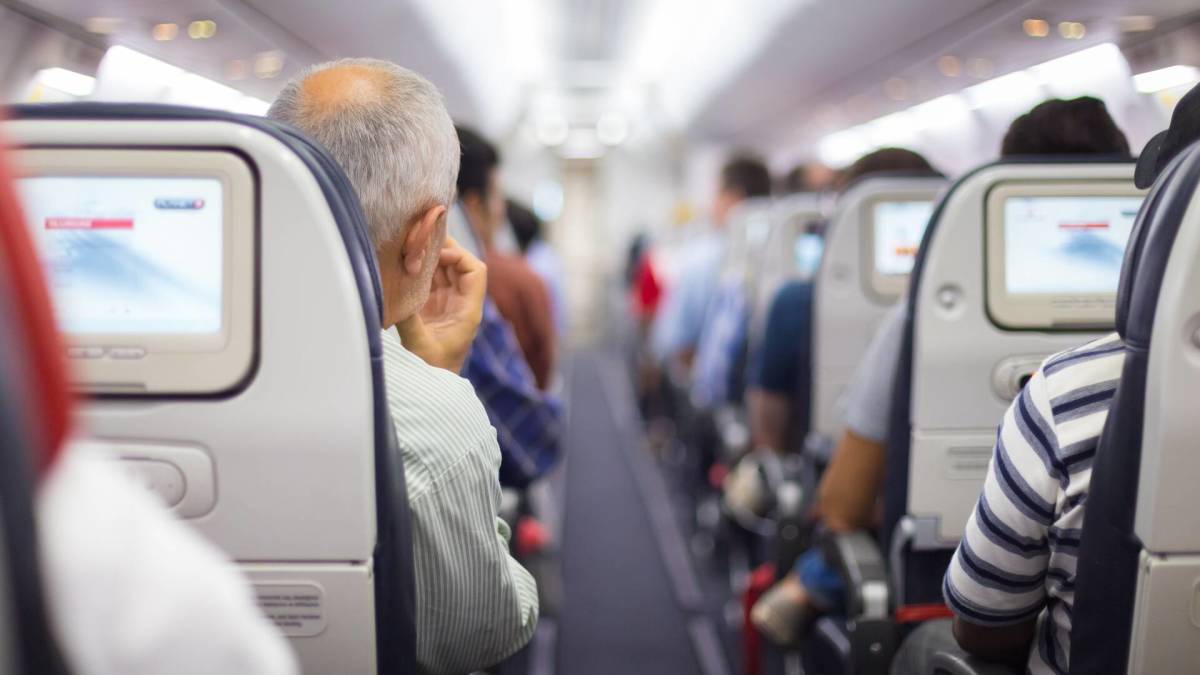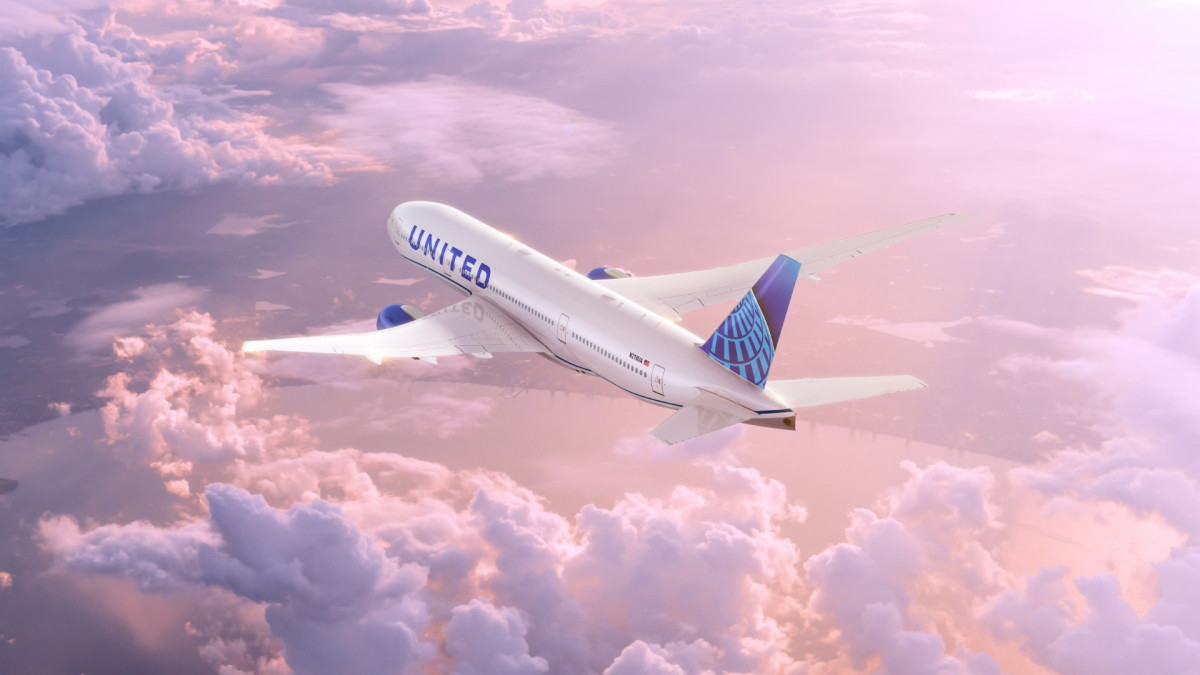
Airline passengers in the U.S. regularly fly routes of all distance ranges, from the short to the medium length to the very long.
Since pandemic restrictions were lifted, most flights have resumed service and are busy with travelers. Some brand new flights are in business as well.
DON'T MISS: Southwest Airlines passengers should be very worried
Regarding flight distances, many passengers prefer to skip layovers and purchase tickets on direct flights. These flights can be longer, but the convenience of not having to switch planes in connecting airports is an important factor to some.
Of course, some flights are lengthy simply because they travel long distances over oceans and there is no airport at which to break up the journey.
Southwest Airlines' (LUV) -) longest nonstop flight, for example, is Phoenix to Honolulu, a distance of 2,917 miles.
On American Airlines (AAL) -), passengers can select an international Dallas/Fort Worth to Hong Kong direct flight. That's American's longest at a distance of 8,111 miles.
Delta Air Lines (DAL) -) passengers are offered a longer flight than that. Its Atlanta to Johannesburg, South Africa route is 8,439 miles.
Travelers on United Airlines (UAL) -) can top even that distance when they fly from Houston to Sydney, Australia — a distance of 8,596 miles. (Note: this flight resumes Oct. 29, according to Ben Schlappig of One Mile At a Time.)

The longest flight in the world
These are all impressive distances.
But the current title-holder for the longest nonstop flight globally is Singapore Airlines, which runs a 9,537-mile flight from Singapore to New York's John F. Kennedy International Airport.
"Why have we seen airlines launch so many ultra long haul flights in the past several years?" asked Schlappig. "It primarily comes down to new aircraft technology. In the past decade the Airbus A350 and Boeing 787 have become the backbone of many carriers' long haul fleets, and these planes are great for airlines and passengers."
Schlappig listed a few reasons why these flights make sense now from a business perspective.
The planes are ultra long range, and can operate some nonstop flights that previous generation aircraft couldn’t.
The planes have lower capacity than previous generation aircraft (like the Boeing 747), which opens up more viable markets; it’s much easier to profitably fill 250 seats than it is to profitably fill 400 seats.
The planes have great economics, and per-passenger fuel burn is significantly lower than previous generation aircraft.
"So yeah, long range, fuel efficient, low capacity aircraft have done wonders for airlines when it comes to the viability of ultra long haul city pairs," Schlappig wrote. "Many routes that could have previously never been profitable now make sense."
Schlappig explained how he calculated the distances of the flights he studied.
"I'm basing this list on direct air distance between city pairs, since obviously Russian airspace issues are causing airlines to largely operate circuitous routings," he wrote. "Furthermore, I think distance is a better metric than length of flight, since winds can also have an impact on the duration of flights, and on top of that, some airlines do a lot of schedule padding."
Schlappig also pondered other possible future ultra long haul flights that could be in the works.
Pre-pandemic Qantas planned to launch a Brisbane to Chicago flight, which would cover a distance of 8,916 miles; it’s anyone’s guess if this route ends up launching, or if Qantas instead focuses on Melbourne and Sydney.
Qantas is continuing to work on “Project Sunrise,” whereby the airline hopes to fly nonstop from Melbourne and Sydney to London and New York using Airbus A350-1000s; flights are only expected to launch in 2025, and that’s a best case scenario timeline.
Get exclusive access to portfolio managers and their proven investing strategies with Real Money Pro. Get started now.







